After taking a long time and thinking about blogging, while reading the many interesting and zany storm related blogs. I decided that after 25 years of running onto ships, while everyone else was running off. I might as well have some fun and journal some of the adventures I get myself into. Especially with mother nature at her spectacular worse. I guess my biggest fear was my writing skills. I am a technical writer not a story teller. But the love of my life, convinced me that I would just do fine, as long as, I wrote just the way I verbalize. So I decided to give it a whirl.
I have the utmost respect for professional storm chasers and weather spotters, they perform a valuable and noble service to the public. They are some of the most unsung hero's I have ever encountered. Though I do admit that some of them are, one tree short of a hammock. I say that because some of us spot weather or chase as a secondary issue. Many in my business do not necessarily chase storms or spot weather as a choice. It's not like you have a choice when your in the middle of the pond and mother nature decides to make your day. Normally one that makes you wonder (many times using some very colorful metaphors) what your doing there in the first place. Most of the storm chasers I have encountered are a zany bunch and I do make the distinction between Professional, NOAA/National Weather Service and University Chasers who chase because of the science, while the others chase because, that's where the storms are. Though they are all a great group.
While I have chased shore-side, most recently spotting a twister in southern Mississippi. I consider myself a rookie. Though I am trained in radar operations and in basic meteorology I have been on only three shore-side chases. At Sea? Oh hell I lost count of how many times I broke my promise to God asking him to get me out of a heavy sea state. Nothing like standing on the bridge of a 750 ft container ship with one engine operational and watching a wave make your bow disappear, praying you don't submarine. For those of you who don't believe in God, I can't tell you what your missing. I am not ashamed to say that during these times I hum the "Saving Grace".
It is funny though. I have been asked how many twisters I have seen and when I say just three, most chasers just smile. But I smile when I ask them how many tornadic waterspouts, not fair weather waterspouts, they have seen. Most chasers and spotters forget that 71% of the earth is covered by water and most do not realize that sub-sea weather systems even exist. We only process thought on what we can see and sometimes only on one plane of thought. While many times what we can't see is far worse. I have seen clear sky's with a calm sea state and 200 feet below? A raging sub-sea storm. These type of storms we are now just beginning to understand. Mother nature is just fascinating and as dangerous as you can't imagine. Greensburg, Kansas was just the tip of Mothers powers and my prayers go to all in Greensburg
Most of the storm blogs on the web are shore-based. It is my hope that this blog will be a combination of both shore-side and at-sea reports. I am expected back at sea in late August. But for now I am getting prepared for a road trip in July.
Of course like anything else the devil is always in the details. And planning is key. So we are in the planning stages of our trip. Our SUV besides having the normal survival and first aid gear will be equipped with a JRC MK1500 portable radome radar and I use StormLab, GRLevel3, Interwarn and Digital Atmosphere as applications. We will also have a satellite phone available just in case. I also get a great deal of information from the four chaser list-servers I monitor. And yes as one WCM told me, great stuff, flame wars and all..
I am hoping that we will also have the pleasure of running into some other storm chasers on the road. Until then as this site develops, I hope I can provide its readers with some good data and some great pictures.
Your comments and assistance are always welcomed.
God Bless
Friday, May 11, 2007
Subscribe to:
Post Comments (Atom)










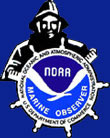





















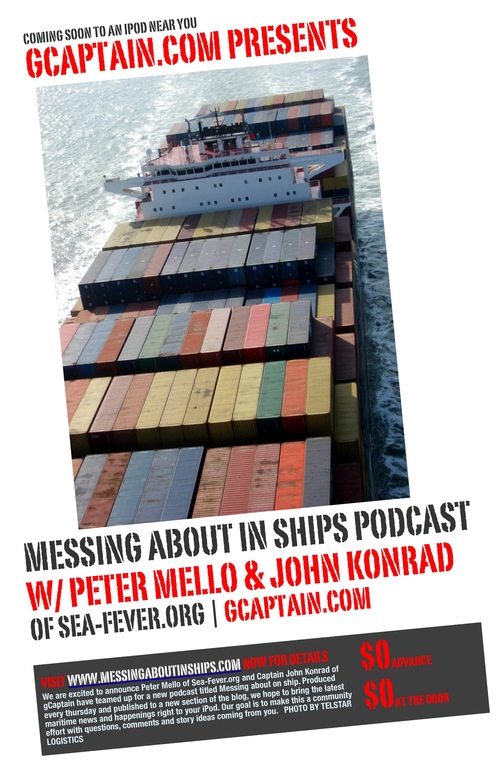




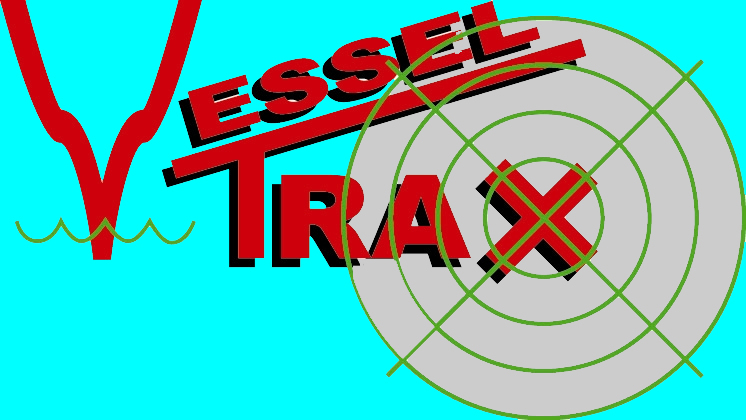




















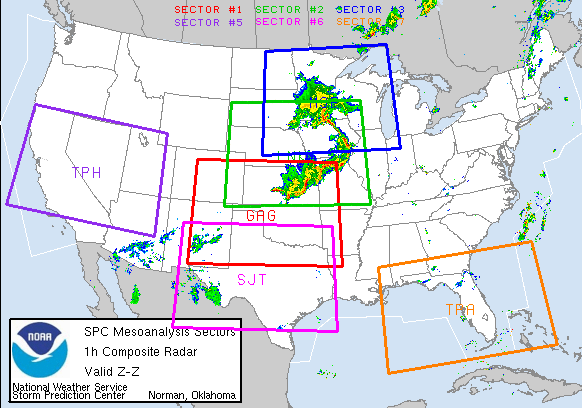














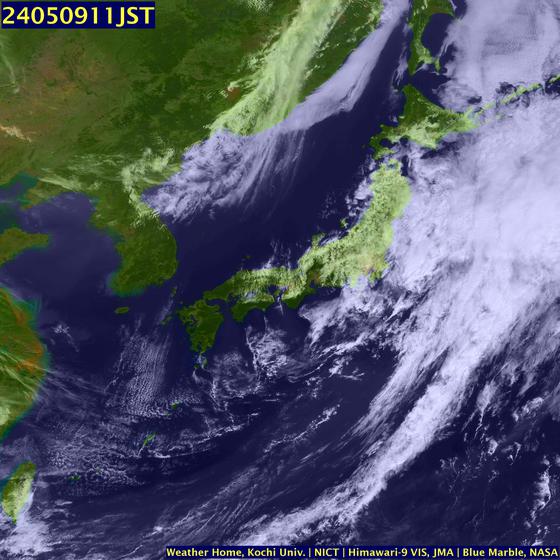

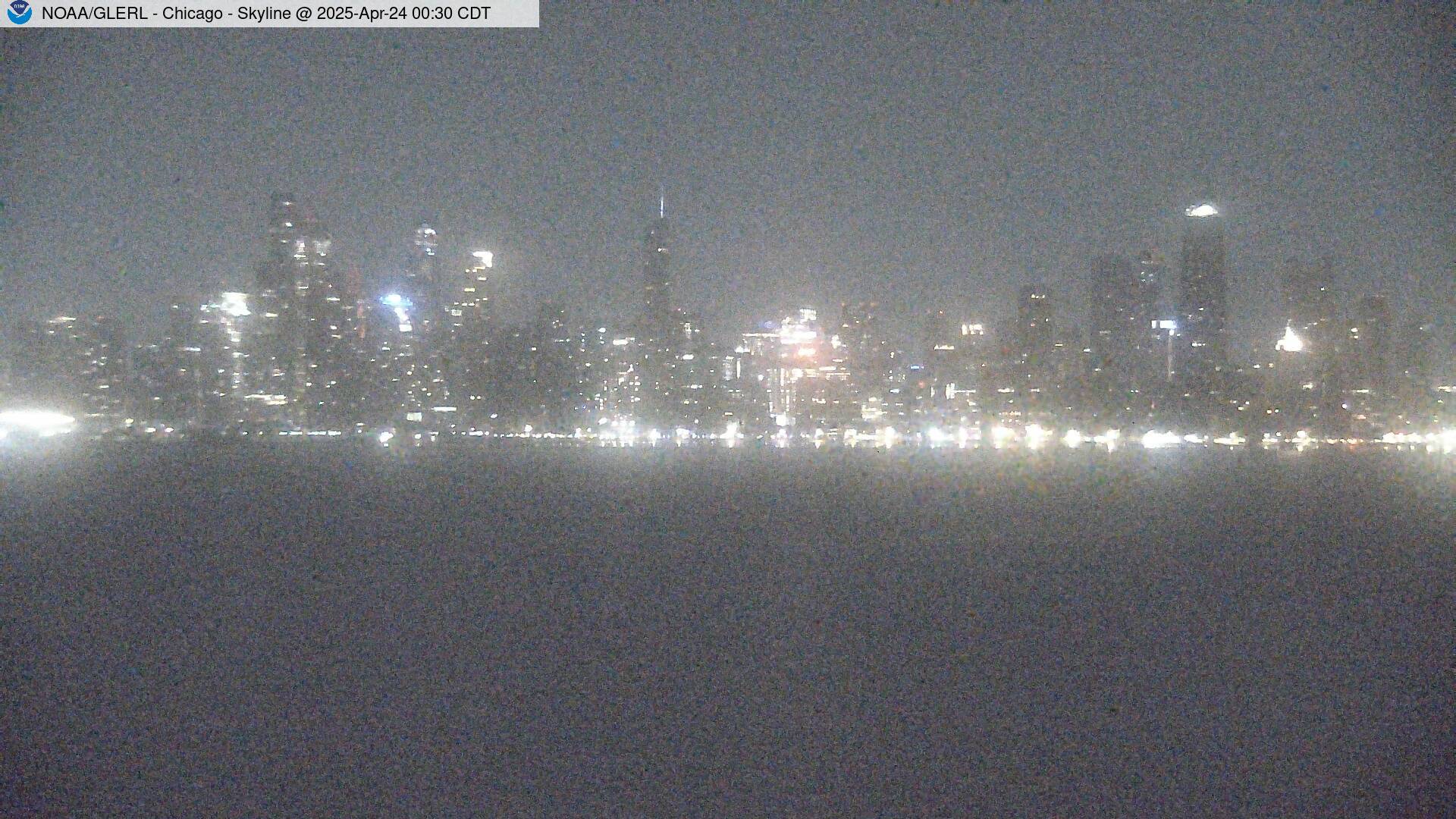






















![Validate my RSS feed [Valid RSS]](valid-rss.png)
1 comment:
I was also in the same storm and read with interest your article. You will find my log of events here below leading to the sinking of my vessel and rescue of my crew by the Coast Guard, but I have two lingering questions that perhaps you may have the data to help me solve. I suffered a knockdown of extraordinary brutality before the rollover and have been theorizing a rogue wave for some time. But its brutality was such that one of my crew literally flew (not dropped) across the boat. The sequence of events did not allow me a detailed damage inspection but I would be interested in knowing the location where the Hapag Lloyd lost its 21 containers.
JP de Lutz
s/v Sean Seamour II
oc44cc@yahoo.com
last known location n34.04 /w72.24
Here is my log of events
Cape Cod, May 12th 2007
This is the log of actions and events driven by the only-subsequently named Sub-tropical Storm Andrea, leading to the sinking of s/v Sean Seamour II and the successful rescue of its entire crew on the early morning of May 7th 2007.
We departed from Green Cove Springs on the Saint Johns River in the early morning of May 2nd, 2007. Gibraltar was our prime destination with a planned stopover in the Azores for commissioning and eventually fuel. The vessel, on its second crossing was fully prepared and some of the recent preparations done by Holland Marine and skipper with crew were as follows:
Full rig check, navigation lights, new wind sensor, sheet and line check / replacement
New autopilot, stuffing box and shaft seal, house battery bank, racor fuel filtering system
Bottom paint, new rudder bearing and check, new auxiliary tiller, full engine maintenance
Recertification of life raft and check of GPIRB (good to November 2007), update and replacement of all security equipment (PFDs, flares, medical, etc).
Although paper charts were available for all planned destinations, with increased dependence on electronic navigational aids, two computers were programmed to handle both the MaxSea navigation software (version 12.5) as well as the Iridium satphone for weather data (MaxSea Chopper and OCENS). A full electronic systems checkout and burn trial was done during the days prior to departure.
For heavy weather and collision contingencies cutter rigged Sean Seamour II was equipped with two drogues (heavy and light), collision mat, auxiliary electric pump, as well as extensive power tools to enable repairs at sea with the 2.4kva inverter. Operational process and use of this equipment was discussed at length with the crew in anticipation. Other physical process contingencies such as lashing, closing seacocks, companionway doors, etc. were equally treated.
The 7 day weather GRIBs downloaded almost daily from April 25th onwards showed no inconsistencies, with the two high and two low pressure systems fairly balanced over the western Atlantic. Only the proximity of the two low pressure systems seemed to warrant surveillance as the May 5th GRIB would indicate with a flow increase from the N,NO from 20 to 35 knots focused towards coastal waters.
Already on a northerly course some 200 nautical miles out, I maintained our navigational plan with a N,NE heading until increased winds warranted a more easterly tack planned approximately 300 nautical miles north of Bermuda towards the Azores.
Wind force increased about eight hours earlier than expected and later shifted to the NE reaching well into the 60 knots range by early afternoon, then well beyond as the winds shifted. Considering that we were confronted with a sustained weather system that was quite different from the gulf stream squall lines we had weathered previous days, by mid afternoon I decided to take appropriate protective measures.
From our last known position approximately 217 nautical miles east of Cape Hatteras I reversed course, laying my largest drogue off the starboard stern while maintaining a quarter of the storm jib on the inner roller furl. This was designed to balance the boat's natural windage due in large part to its hard dodger and center cockpit structure.
By late afternoon the winds were sustained at well over 70 knots and seas were building fast. I estimate seas were well into 25 feet by dusk but after adding approximately 150 feet of drogue line the vessel handled smoothly over the next eight hours advancing with the seas at about 6 knots (SOG). By late evening the winds were sustained above 74 kts and a crew member recorded a peak of 85.5 kts.
Growing and irregular seas were the primary concern as in the very early hours of the morning the boat was increasingly struck by intermittant waves to its port side. Crew had to be positioned against the starboard side as both were tossed violently across the boat. Water began to accumulate seemingly fed through the stern engine-room air cowls. I believe in retrospect the goosenecks were insufficient with the pitch of larger waves as they were breaking onto the stern.
At approximately 02.45 hours we were violently knocked all the way down to starboard. It appears that the resulting angle and tension may have caused the drogue line to rupture (clean cut), perhaps as it rubbed against the same engine-room air-intake cowl positioned just below the cleat. The line was attached to the port side main winch then fed through the cleat where it was covered with anti-chaffing tape and lubricant. Before abandoning ship I noticed the protected part of the line was intact and extended beyond the cleat some five inches. Its position in the cleat rather than retracted from it also supports this theory.
After the knockdown I knew there was already structural damage and that we had lost control of the vessel. I pulled the GPIRB (registered to USCG documented Sean Seamour II) but I suspect that the old EPIRB from 1996 (Registered to USCG documented Lou Pantai, but kept as the vessel was sold to an Italian national in 1998) might have been automatically launched first. I kept this unit as a redundancy latched in its housing on the port side of the hard dodger; it may have been ejected upon the first knockdown as Coast Guard Authorities questioned relatives with this vessel name versus Sean Seamour II. Herein lies a question that needs to be answered, hopefully it will be in light of the USCG report.
The GPIRB initially functioned but the strobe stopped and the intensity of the light diminished rapidly to the extent that I do not know if the Coast Guard received that signal. At the time were worried the unit was not emitting and I reinitiated the unit twice. The unit sent for recertification with the life raft a few weeks prior had been returned from River Services. They had responded to Holland Marine that the unit was good until this coming November, functioned appropriately, and that the battery had an extra five year life expectancy. I will await reception of the Coast Guard report to find out if one or both signals was processed as all POCs were questioned regarding Lou Pantai and not my current vessel Sean Seamour II (both vessels had been / in the case of Sean Seamour II is US Coast Guard documented).
Expecting worse to come I re-lashed and locked all openings and the companionway. At 02:53hours we were struck violently again and began a roll to 180 degrees. As the vessel appeared to stabilize in this position I unlocked the companionway roof to exit an see where the life raft was. It had disappeared from its poop deck cradle which I could directly access as the helm and pedestal had been torn away. When I emerged to the surface against the boat's starboard (in righted port position) it began its second 180 degree roll. As it emerged the rig was almost longitudinal to the boat barely missing the stern arch. Spreaders were arrayed over cockpit and port side, mast cleanly bent at deck level, forestays apparently torn away.
I ordered the crew to start all pumps. By their own volition they also cut out 2.5 gallon water bottles to enable physical bailing while I continued to locate the liferaft. It finally appeared upside down under the rig. As its sea anchors and canopy lines were entangled in the rig and partially torn by one of the spreaders I decided to cut them away in an effort to save time and effort. I needed the crew below and had to manage the rig entanglement alone. This done I managed to move the unit forward and use its windward position to blow it over the bow to starboard, attaching it still upside down.
Below, water was being stabilized above the knees. The new higher positioned house battery bank was not shorted by the water level but the engine bank was flooded not enabling us to start the engine and pump from the bilge instead of the seacock. In retrospect this was not a loss as having to keep one of the companionway doors off for bailing and to route the Rule pump pipe, the water pouring in from here and the through-deck mast hole were no match for the impeller' volume. Plugging the mast passage was also not a solution as it was moving and hitting violently against the starboard head wall and was dangerous to try to cope with.
I knew the situation was desperate but it was still safer to stay aboard than to abandon ship, let alone in the dark any earlier than necessary. Estimating daylight at about 05:30 hours, we needed to hold on for at least another two hours. As the boat shifted in the waves it became increasingly vulnerable to flooding from breaking waves. One such wave at about 05:20 added about 18 inches of water, as the bow was now barely emerged these two factors triggered my decision to abandon ship. I exited first knowing that the raft was still upside down. In addition, some of the canopy lines still needed to be cut from the rig entanglement. In the precipitation the grab bag containing Iridium phone, VHF, GPS and all our personal and ship documents was lost.
As we boarded the now upturned raft it immediately flooded with the breaking waves and once unprotected from the wind by the hull structure was prone to turn over (no sea anchors nor canopy to roll over on). Hypothermia was already gaining upon one of my crew and myself and our efforts to right and re-enter the raft drained strength. Periods spent lying on the overturned raft exposed to the wind seemed to further weaken us.
Sean Seamour II sank a few minutes after we abandoned ship fully disappearing from view after the second wave crest.
We became aware of fixed wing overflight sometime between 06:00 and 07:00 hours and estimate that the Coast Guard helicopter arrived some time around 08:30 hours. As seemingly the most affected by hypothermia and almost unconscious the crew had me lifted out first. It was a perilous process during which Coast Guard AST2 Dazzo was himself injured (later to be hospitalized with us). The liferaft was destroyed and abandoned by AST2 Dazzo as the third crew member was extracted. He also recouped the GPIRB which remained in USCG custody.
The emotions and admiration felt by my crew and myself to the dedication of this Coast Guard team is immeasurable, all the more so when hearing them comment on the severity and risk of the extraction, perhaps the worst they had seen in ten years (dixit SAT2 Dazzo). They claim to have measured 50 plus foot waves which from our perspective were mountains. We measured after the first knockdown and before loosing our rig winds still in excess of 72 knots.
Also to be commended are the medical teams involved, from our ambulatory transfer of custody from the rescue team to the personnel awaiting us at Cherry Point Naval Hospital. There the personnel under Director for Administration CDR Robert S. Fry sought not only to address our physical and medical trauma, but preempted the humanitarian crisis we were facing after all this loss and anguish by bringing in the disaster relief assistance of the American Red Cross to whom we owe the clothes, shelter and food that helped us survive this ordeal.
Post a Comment